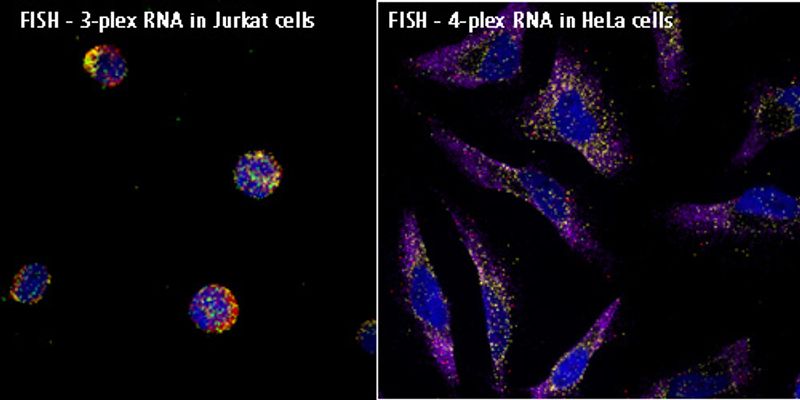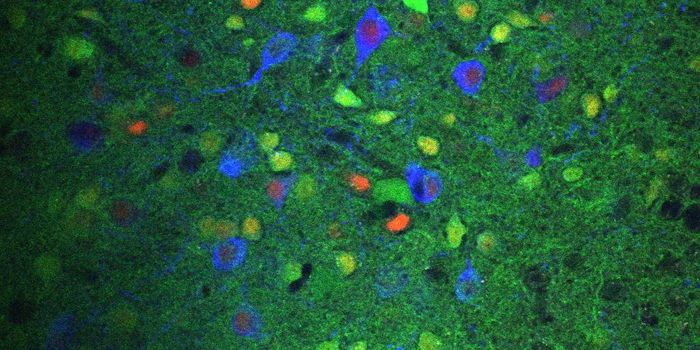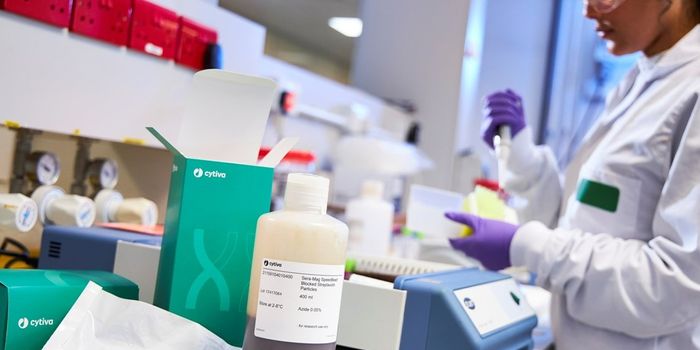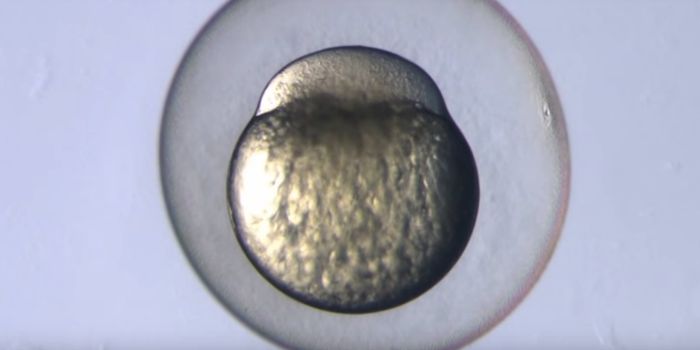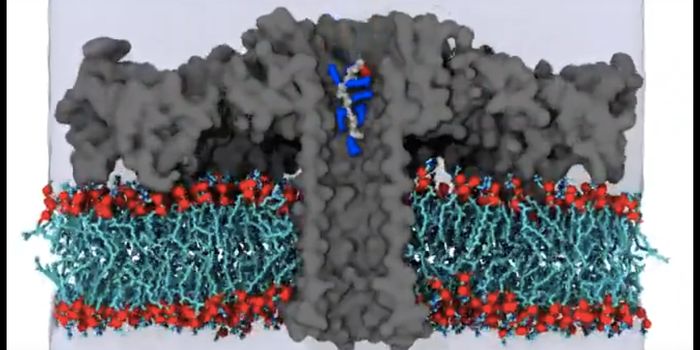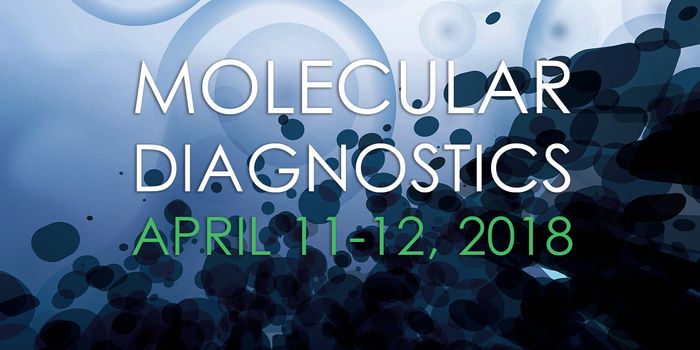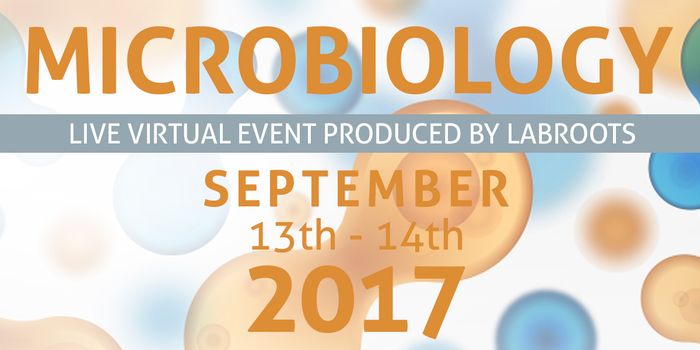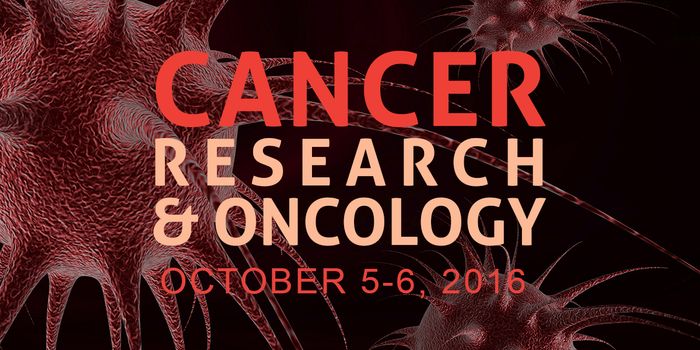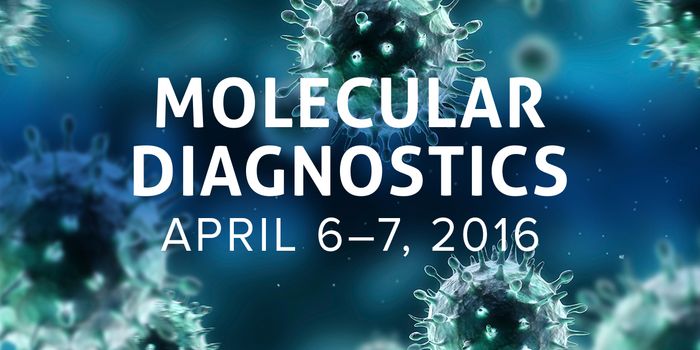RNA FISH
Fluorescence in situ hybridization - aka FISH is defined as a molecular cytogenetic technique that uses fluorescent probes that bind to only those parts of a nucleic acid sequence with a high degree of sequence complementarity. Developed in the early 1980's, biomedical researchers developed it to localize and detect the absence or presence of specific DNA sequences on chromosomes. Fluorescence microscopy can be utilized to find out where the fluorescent probe is bound to the chromosomes. FISH is often used for finding specific features in DNA for use in genetic counseling, medicine, and species identification. FISH can also be used to detect and localize specific Ribonucleic acid or RNA targets in tissue samples, circulating tumor cells, and cells, assisting in defining the spatial-temporal patterns of gene expression within tissues and cells.
What's Popular in RNA FISH
-
FEB 20, 2024Genetics & GenomicsIn DNA, retrotransposons can move around and insert themselves into other parts of genomes with a kind of copy and paste ...Written By: Carmen LeitchDEC 04, 2023NeuroscienceThe nuanced impact of repeated ketamine exposure on dopamine-producing neurons is unveiled in high-resolution.Written By: Amielle MorenoFEB 19, 2023Cell & Molecular BiologyRecent work reported in Nature highlighted the importance of methylation on mRNA; these chemical tags can have a dramati ...Written By: Carmen LeitchJUL 14, 2022Clinical & Molecular DXMagnetic beads (or superparamagnetic particles) can be used for the isolation and purification of cells, nucleic acids, ...NOV 19, 2021Genetics & GenomicsSome of our best medications have come from nature. For years, researchers have been studying the properties of differen ...Written By: Carmen Leitch
-
Date: November 19, 2020 Time: 12:00am (PDT), 9:00am (CET), 4:00pm (SGT) We present split-FISH, a multiplexed fluorescence in situ hybridization method that leverages a split-probe design to...
